Trading in a financial market is anything but easy. The average trader subjects themselves to sleepless nights gathering data, analyzing, and trying to come up with patterns or insights. Because of how volatile and dynamic the crypto market is, most of the time, they experience unforeseen losses.
In this light, let us introduce Intellichipix. Intellichipix is a platform that allows traders to buy and sell cryptocurrency with AI on the side. Yes! Intellichipix is a crypto exchange that goes beyond a platform. We provide assistance through artificial intelligence to help simplify the part for traders worldwide.
With these amazing tools on Intellichipix, traders can carry out their activities quickly and seamlessly. They can carry out analysis on large market data, figure out patterns, and come up with insights that foster informed decisions. Traders do not need to worry about emotional biases or missing out on opportunities. Sign up on Intellichipix to get started.
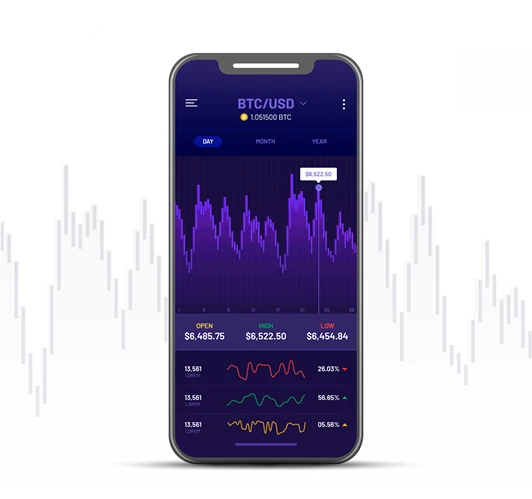
In the past decade, the global market has seen and embraced the new wave of artificial technology. This initiative can be defined as the use of trained computer programs or systems to trade. They are usually trained with large datasets and expert strategies. This makes them faster and more precise than the average trader. Sign up with Intellichipix to learn more.
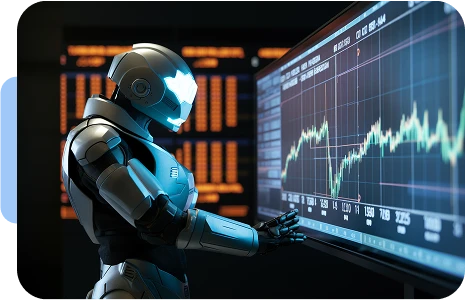
Many traders struggle to navigate the crypto market. While some may work hard to make certain decisions, the volatile nature of the landscape easily puts their efforts to waste. This is why Intellichipix was developed. AI is used to help traders understand the financial market better.
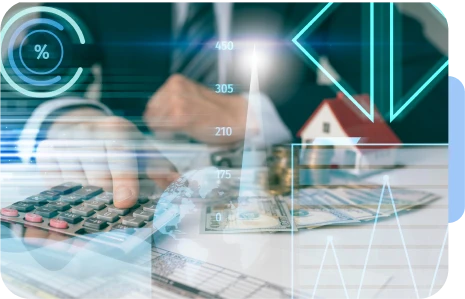
Our platform is beginner-friendly. We have first-hand experience on how difficult trading is. This is why we developed Intellichipix with simple designs to appeal to the average beginner. And with our set of AI-power tools, anyone can trade and learn at the same time. No one should make excuses anymore for not trading in today's financial market. Sign up on Intellichipix to get started.
The financial landscape is fast-paced and keeps evolving. Depending on human knowledge and skill alone is not bad, but may be insufficient. It takes high-level skill and expertise to brave the financial market, like the AI tools on Intellichipix. Get to maximize their potential and infuse them into everyday trading activities. Sign up on Intellichipix for more information.
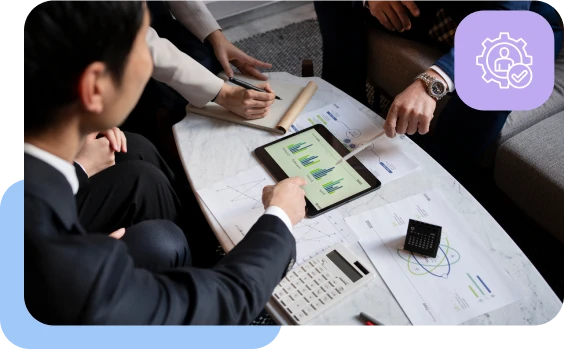
The core of creating Intellichipix is to appeal to new and experienced traders worldwide. This is why we used an easy user interface to design our platform. Highlighting all the necessary tools in clean and open positions. Struggling to understand the dynamics of trading? How about giving Intellichipix a try? Sign up to get started.
When it comes to financial trading, nothing is more crucial to have than access to real-time market forecasts. No one knows better than Intellichipix about this. This is why our platform offers a 24/7 display of market data. We believe it provides traders with up-to-date market conditions. Sign up on Intellichipix to access this feature.
Having knowledge and being savvy as a trader is very important in the financial landscape. However, with the complexities of the crypto market, they may not be able to cut the demands anymore. Here is why Intellichipix is offering an opportunity for traders to combine their unique knowledge with the power of AI to make informed decisions. Sign up on Intellichipix for more.
There are tons of chances traders miss because of how impossible it is to be in several places at the same time. This is why Intellichipix came up with our new AI Bots. These work tirelessly, helping traders identify insights and opportunities. Sign up on Intellichipix to learn how these work.
The bulk of trading in the financial market is making suitable use of market data. Due to how volatile the landscape is, it can be hard to track down trends. But not anymore. Intellichipix has integrated machine learning tools that can identify patterns on large data sets. Get to maximize this to make timely trading decisions. Sign up on Intellichipix.
At Intellichipix, we place priority on the safety of our users. Digital finance can be easily threatened and hijacked. For this reason, we implemented encryption technologies to safeguard user data. This technology protects users and their activities from unwanted parties. Also, Intellichipix has a two-factor authentication protocol. Sign up on Intellichipix to use our platform.
Trading isn't fun when it's restricted to just one location, especially trading cryptocurrency. This made Intellichipix incorporate decentralized technology into our platform. This makes it easy for anyone to access our platform from anywhere, including those in restricted countries and regions.
When we designed Intellichipix, we did so with the mind that all our users would be catered for. Since our platform is used by a global audience, we made sure that none of them would have issues with the language barrier. So, we employed multilingual support that helps users interact more easily and better with the platform. Sign up on Intellichipix to get started with us.
This is the buying and selling of financial assets such as stocks, bonds, and cryptocurrencies. Trading is done by individual or government entities to seek gains from short-term market volatility. Traders are unlike investors who own assets. They capitalize on changes in the price of an asset.
Trading generally requires time, knowledge, skill, and patience. Although trading is short-term, it is not an avenue to get-rich-quick. Traders normally carry out certain strategies to pursue their financial goals, such as technical and fundamental analysis. These help traders understand and evaluate their positions in the financial market. Intellichipix’s AI is capable of carrying out the necessary analysis at lightning speeds.
There are various types of trading strategies that depend on specific goals and objectives. Common strategies include position sizing, scalping, and day trading. The trading landscape is often influenced by certain factors, such as price fluctuations, market demands, economic conditions, and geopolitical events. Sign up on Intellichipix for more information.
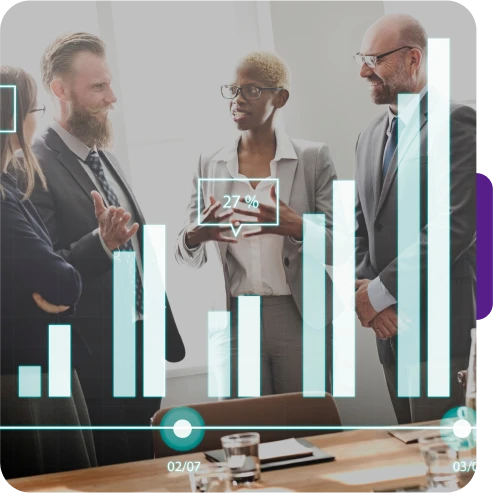
These are defined as contracts whose value depends on underlying assets. Or a number of assets. Derivatives are forms of agreement traded between two or more parties. They are commonly used as a hedge against risk to mitigate its effect on particular assets.
Traders like to use derivatives to access markets such as the cryptocurrency market on an exchange. The price of derivatives depends on the price of the underlying asset being hedged. Derivatives are not often used to seek gains but to protect capital that could otherwise be lost due to risk or market movements. Below, Intellichipix outlines common examples:
As the name implies, they are contracts between two parties for the trade of an asset against an agreed-upon price and date in the future. They are commonly used on an exchange to hedge or speculate on the price of underlying assets. Both parties in a futures contract are expected to meet their ends of the commitments.
This is another type of derivative used by traders. Swaps are used to hedge interest rate risk on a loan, for example, to swap from a variable to a fixed-rate loan. They are particularly used to exchange cash flow on bonds or other loans for business activities. Sign up on Intellichipix to learn more.
These are similar to futures contracts. Options are agreements between two parties to trade an asset at an agreed price against a future date. Options differ from futures in that either party is not obligated to meet their side of the agreement. It is an opportunity instead of an obligation.
This is unlike the other derivatives traders use. Forwards are usually traded over-the-counter (OTC). They are customizable contracts created by two parties who have selected the size, terms, and process of the contract settlement. Forward contracts have more downsides than other derivatives because of their credit risk. Sign up on Intellichipix to learn more.
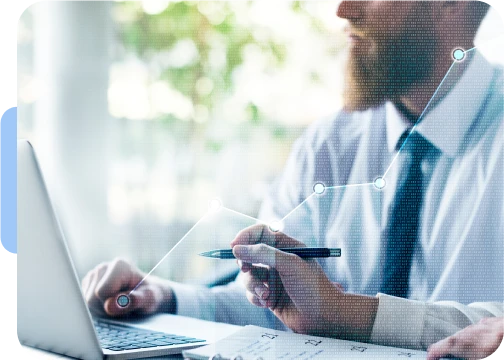
In the past decades, cryptocurrencies are probably one of the most interesting innovations in the financial market. They are digital currencies that are exchanged by traders through a chain of computer networks called blockchain. The name “crypto” originates from the cryptographic technology used to build it.
The best part about cryptocurrencies is their decentralization. They secure financial transactions without the need for third-party intermediaries. These include central banks or government regulators who typically regulate traditional currencies. Crypto is autonomous to government control but uses decentralized technology to manage financial transactions.
Like many financial assets, cryptocurrencies are influenced by factors such as economic conditions, market demand, and players' sentiment. The rise of cryptocurrency is leading a revolution in the financial landscape. Now traders can make secure transactions, even across borders, without damning costs and fees. Sign up with Intellichipix to learn about crypto wallets.
Many believe cryptocurrency began with the launch of Bitcoin in 2009, but that isn’t so. The beginning of crypto dates back to 1983. This was when American cryptographer David Chaum developed a cryptographic electronic cash known as e-cash. He later used it to create Digicash, an early form of crypto payment.
Later, in 1998, Wei Dai proposed “b-money”’, an anonymous electronic cash distribution system. Then Nick Szabo introduced bit gold; this should not be confused with exchange Bit Gold. Nick described this as an electronic cash system that requires proof of work (POW) through a cryptographic mechanism.
Then, in January 2009, Bitcoin was introduced by a developer under the pseudonymous Satoshi Nakamoto. He built its POW with a SHA-256 (Secure Hash Algorithm 2), which is a cryptographic hash function. After Namecoin was developed in April 2011, Litecoin was developed in October of the same year. Sign up with Intellichipix to learn more about this.
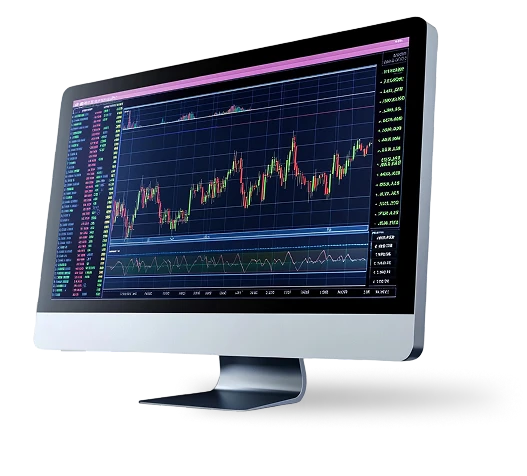
Initially, when crypto was developed, traders had to make transactions manually. They had to enter long keys, which were proof of work, to verify a transaction. This led Satoshi Nakamoto to develop the first wallet. Crypto wallets are basically software applications used to hold crypto assets.
Cryptocurrency wallets are applications that use internet connections to access blockchain networks. They make it easy for traders to send and receive cryptocurrencies. By providing the wallet address of the recipient and verifying their transactions with a private key, anyone can make crypto transactions anywhere and at any time.
Generally, there are two types of wallets traders use: custodial and noncustodial wallets. Custodial wallets are those provided by third-party companies that help traders preserve and manage their data. At the same time, the non-custodial option allows a trader to own the responsibility of their crypto-asset via a wallet device or software. Sign up with Intellichipix for further information.
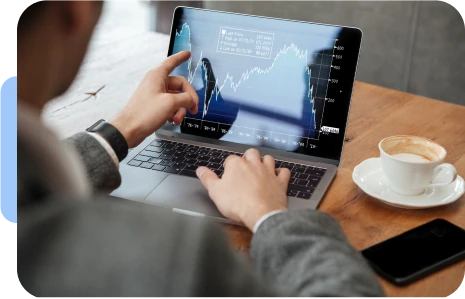
Every trader is exposed to risk one way or another in the financial market. There is a chance that the outcome of a trade will not go as expected. Experts refer to it as the potential of losing all or some of an invested capital. A fundamental principle is the relationship between risk and return, such that lower risk equates to lower returns and vice versa.
Risks are influenced by economic conditions, geopolitical events, inflation, and interest rates. Risks are a part of the financial market. It is almost impossible to avoid, with emphasis on “almost.” Savvy traders in the market find ways to control the effect of risk, which is known as risk management. Below are a few types of risk typical to the crypto market:
In the cryptocurrency landscape, one important factor that influences its flow is its liquidity. Liquidity affects the ease with which one can trade an asset. Thus, Intellichipix’s AI routinely carries out liquidity analysis on various crypto markets and informs the user in a well-detailed report.
The crypto market is more volatile than many other markets in the financial market. Therefore, it is easily susceptible to certain manipulations or practices that can inflate and crash prices unpredictably. A typical example is when large holders carry out a “pump and dump” movement; it has the ability to affect unanticipated traders within the same market. Access insights into this by using Intellichipix’s artificial intelligence.
Crypto is new and untraditional to the economy of many countries. With this comes the legal question. While a few countries are embracing its use, others have raised eyebrows, putting strong restrictions on it. This can affect liquidity and even end trade within that economy. Intellichipix keeps users aware of regulatory changes in the crypto scene.
One thing traders in the crypto market keep struggling with is security. This is because cryptocurrency is a digital asset. Therefore, it is often prone to cyberattacks and breaches. These security hacks and thefts often lead to complete loss of assets or protected data. For this reason, security is not slept on at Intellichipix. The platform is equipped with cutting-edge solutions to protect user data.
Trading cryptocurrencies are one of the most difficult and demanding tasks anyone can do. A trader should not make a move without adequate knowledge or skill. Intellichipix is a next-generation platform designed to help traders navigate through this.
Our platform is built with AI-powered tools that help simplify the workings of the financial market. With these tools, traders can access real-time market data faster, analyze large sets of data, measure trends, and generate insights that foster objective decision-making. Sign up on Intellichipix to get started with us.
| 🤖 Signup Expense | Completely free registration |
| 💰 Charges Applied | No hidden charges |
| 📋 Sign-Up Method | Straightforward, fast registration |
| 📊 Educational Topics | Focused learning in Cryptocurrency, Forex, and Investments |
| 🌎 Countries Available | Operational in most countries, excluding the USA |